Practicing categorization and classification
Practicing to take responsibility of one's own learning
Practicing to set one's own learning goals
Practicing creative thinking
Encouraging students to be innovative and express new ideas
Practicing to use imagination and to be innovative
Practicing to use imagination and to be innovative
Practicing strategic thinking
Practicing to look things from different perspectives
Developing problem solving skills
Practicing to improvise
Learning to find the joy of learning and new challenges
Practicing persistent working
Practising visual recognition
Practicing to observe spoken and written language
Practicing memorizing skills
Encouraging to build new information and visions
Learning to build information on top of previously learned
Using technology as a part of explorative process
Using technology for interaction and collaboration
Understanding and practicing safe and responsible uses of technology
Using technological resources for finding and applying information
Using technology as a part of explorative and creative process
Using technology resources for problem solving
Building common knowledge of technological solutions and their meaning in everyday life
Familiarizing with the influences of media and understanding its affordances
Practising to understand visual concepts and shapes and observe their qualities
Understanding and interpreting of matrices and diagrams
Practicing versatile ways of working
Learning consumer knowledge and smart economics
Encouraging positive attitude towards working life
Enabling the growth of positive self-image
Practicing to express own thoughts and feelings
Practicing communication through different channels
Practicing to work with others
Learning to combine information to find new innovations
Encouraging the growth of positive self-image
Creating requirements for creative thinking
Practicing to evaluate one's own learning
Practicing to find ways of working that are best for oneself
Practicing fine motor skills
Practicing letters, alphabets and written language
Learning the basics of spelling
Practicing keyboard skills and touch typing
Learning decision-making, influencing and accountability
Practicing to use information independently and interactively
Learning to plan and organize work processes
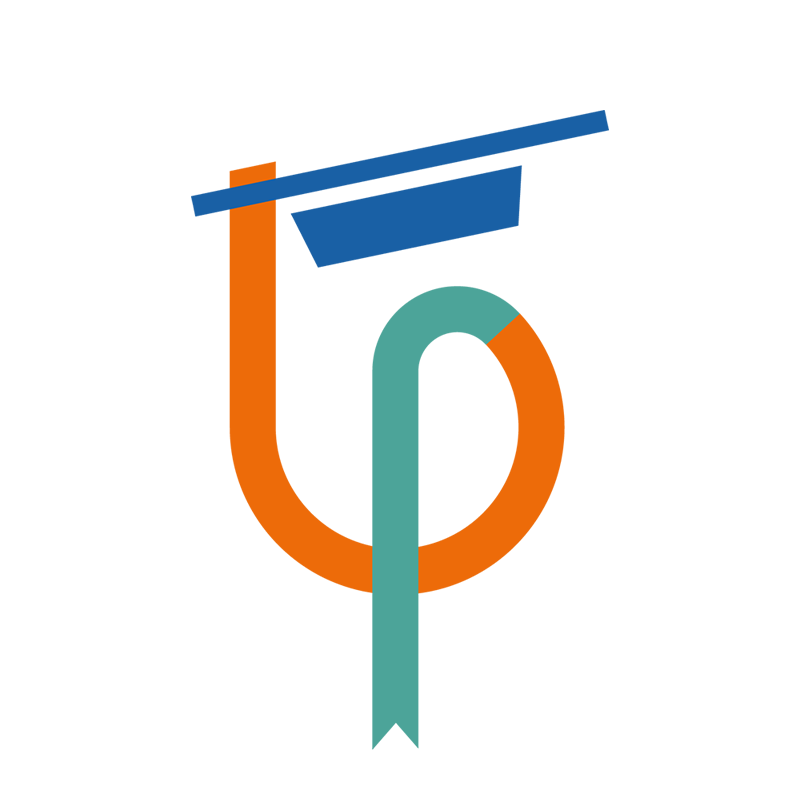


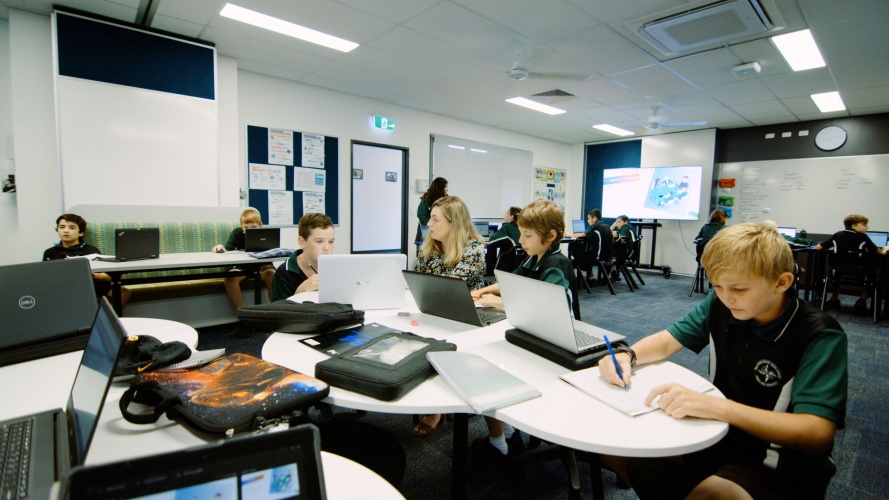
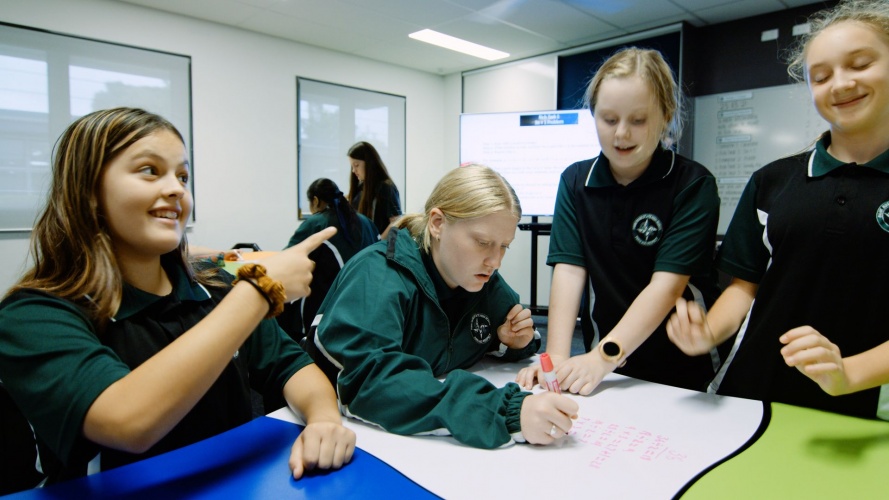
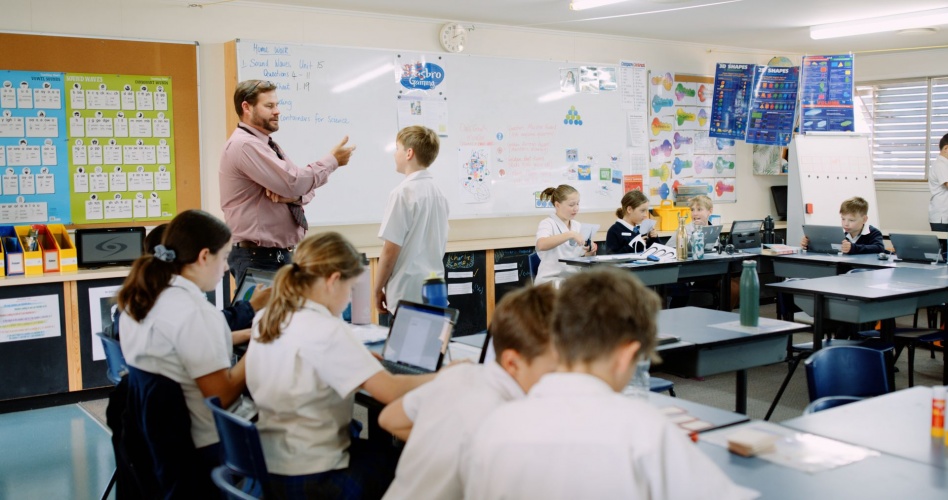
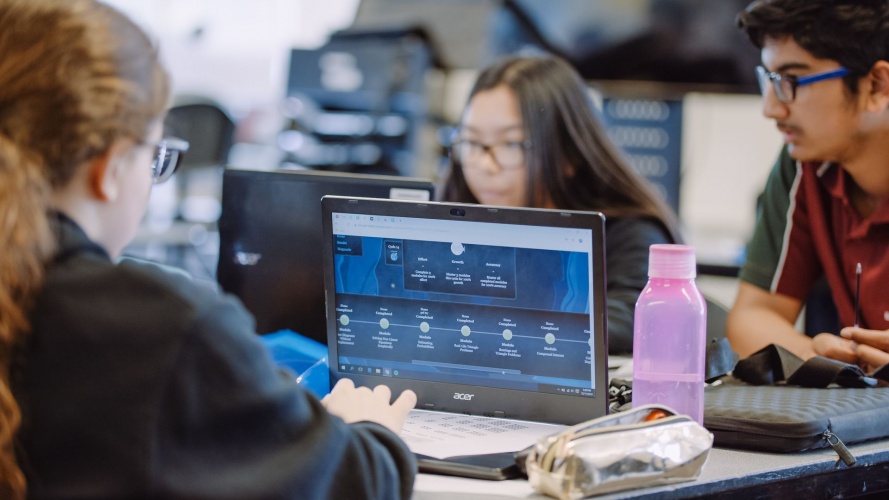
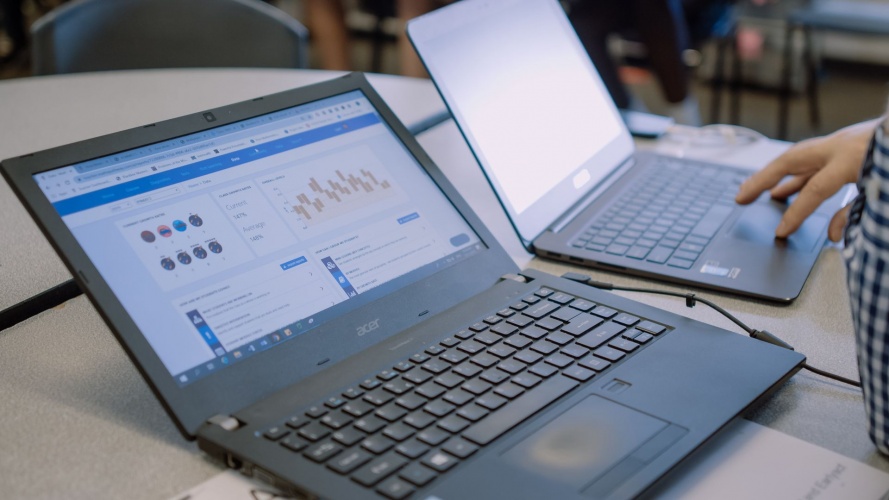
User reviews for Maths Pathway
You need to log in to post a review.